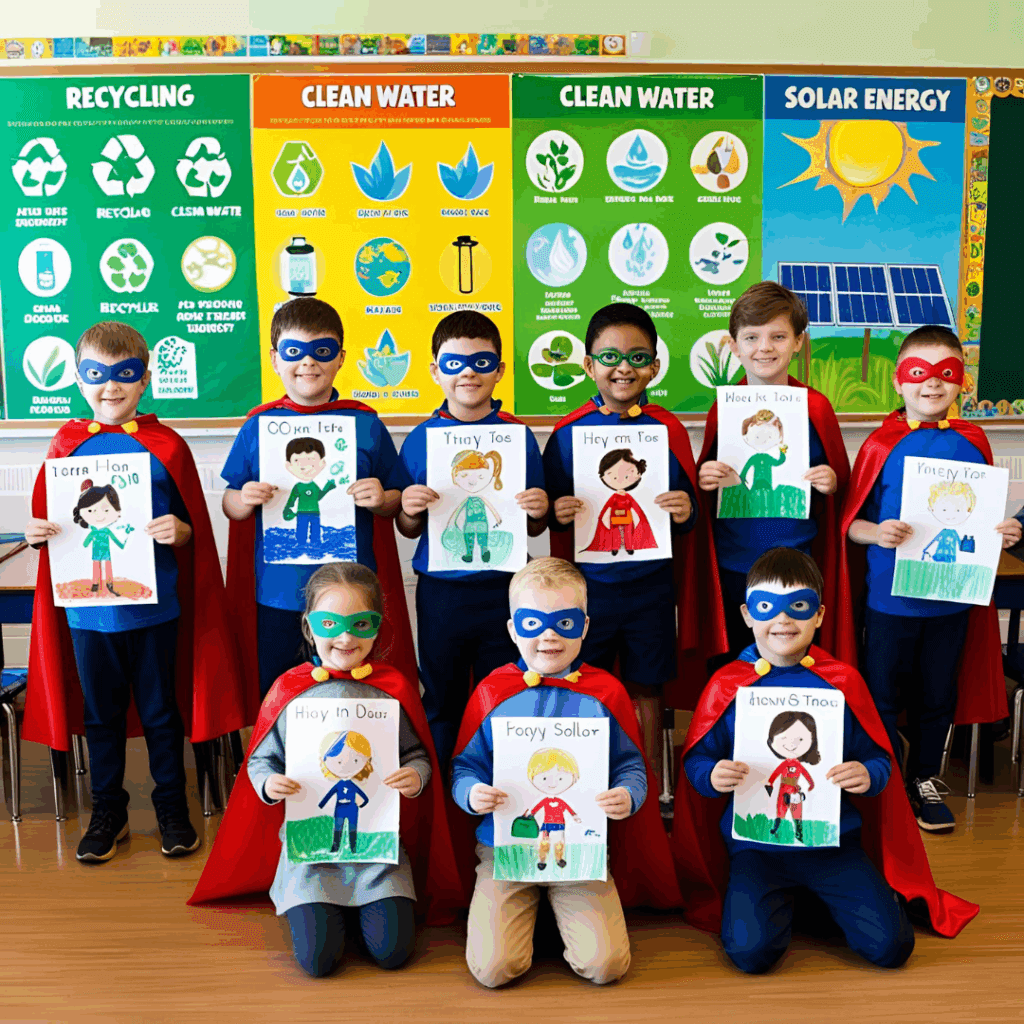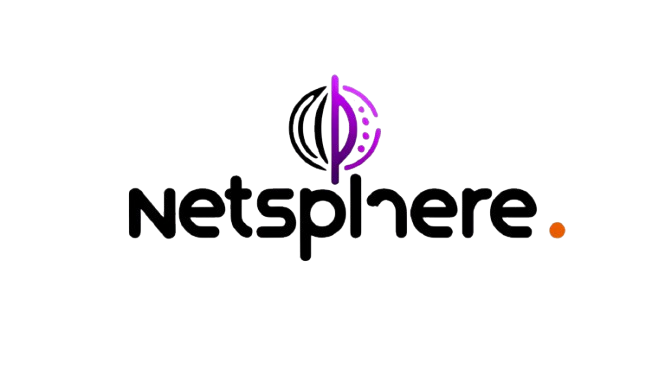Teaching environmental topics to children can be much more fun when the content takes the form of stories, games, and characters. Creating a “Sustainability Squad,” made up of superheroes with powers related to environmental preservation, is an excellent way to teach sustainability in schools in a fun and engaging manner.
Children are naturally curious, imaginative, and open to new learning. When ecological themes are presented through captivating characters with special powers, the content becomes more accessible, exciting, and memorable.
Why create environmental superhero characters?
By transforming sustainability concepts into superpowers, we make environmental education more attractive. Instead of just explaining the importance of recycling, we can introduce Recycling Girl, who magically turns trash into toys with a touch. Or EcoFlash, the boy who runs around turning off unnecessary lights and spreads solar energy wherever he goes.
This approach encourages active participation from students, stimulates critical thinking, and helps form ecological values in a creative way. Furthermore, it can be integrated with various subjects, such as arts, language, science, and even math, through interdisciplinary projects.
How to set up the Sustainability Squad in practice
Creating the Sustainability Squad can begin with a classroom conversation about the environmental challenges facing the planet. From this dialogue, students can think, “What if there were superheroes who saved the world from pollution, deforestation, and waste? What would these heroes be like? What powers would they have?”
With that in mind, students can create their own characters based on real-world problems and propose imaginative solutions. Here are a few steps to develop this project successfully:
- Research and awareness:
Explore topics like ocean pollution, forest fires, water waste, and air pollution. Use short videos, images, and children’s stories to spark interest. - Character creation:
Each student or group creates a character with a name, appearance, powers, mission, and an enemy (like the Waste Monster or the Toxic Cloud). - Drawing and writing:
Encourage students to draw their characters and write a short story or a technical sheet explaining their abilities and how they help the planet. - Presenting to the class:
Organize a round of presentations where the characters are introduced as if it were a superhero meeting. This fosters communication and respect for diverse ideas. - Creating a collective story:
The class can create a collaborative narrative, with all characters working together to save an endangered ecosystem.

Examples of superheroes with environmental powers
To inspire students’ creations, here are some examples of characters that could be part of the Sustainability Squad:
- Captain Flora
Power: makes trees grow instantly and heals burned forests.
Mission: reverse deforestation and protect wildlife. - WaterBoy
Power: purifies polluted waters and turns off open faucets from a distance.
Mission: combat waste and preserve rivers, lakes, and seas. - SolarGirl
Power: turns sunlight into clean energy and lights up cities with her solar shield.
Mission: replace polluting energy sources with renewable alternatives. - Recycling Girl
Power: sorts trash with her eyes and transforms waste into useful items.
Mission: teach people how to recycle and reduce consumption. - EcoFlash
Power: runs around turning off lights and turning on solar panels.
Mission: combat excessive electricity use.
These characters can come to life in comic books, plays, short videos, or simple animations created by the students themselves.
Integrating the Sustainability Squad with other school activities
The Sustainability Squad can be worked on throughout the school year, with various activities aligned with the National Common Curriculum Base (BNCC). Here are some ideas to expand the project:
- Workshops on creating costumes from recycled materials
In addition to developing creativity, this activity addresses conscious consumption and reusing waste. - Memory game with the characters and their sustainable actions
A playful way to reinforce the learned concepts, encouraging logical thinking and retention. - Green Fair with environmental superheroes
Students can present their characters to the school community, with interactive stands, posters, and models showcasing good environmental practices. - Podcast or school radio
Students can record audio as if they were the characters themselves, giving sustainability tips in the form of adventures.
Educational and social benefits of the Sustainability Squad
Working on the creation of characters with environmental superpowers goes beyond the classroom. This proposal:
- Strengthens children’s empathy with the planet;
- Develops social-emotional skills like teamwork and active listening;
- Stimulates oral skills, writing, and creative thinking;
- Encourages child protagonism in causes important for the future.
By allowing children to see themselves as agents of transformation, we provide them with symbolic tools to act responsibly in the real world. Fantasy becomes awareness, and play turns into lasting learning.









